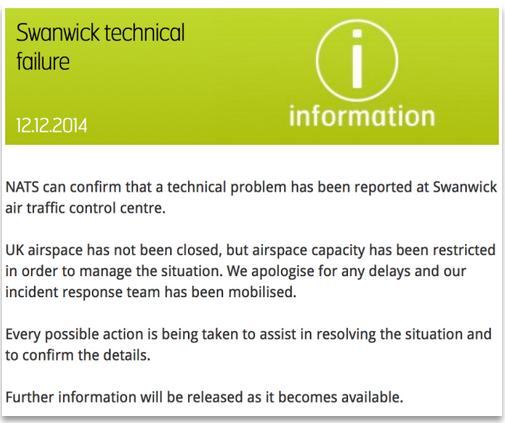Verizon is the latest big company to enter the post-Snowden market for secure communication, and it’s doing so with an encryption standard that comes with a way for law enforcement to access ostensibly secure phone conversations.
Verizon Voice Cypher, the product introduced on Thursday with the encryption company Cellcrypt, offers business and government customers end-to-end encryption for voice calls on iOS, Android, or BlackBerry devices equipped with a special app. The encryption software provides secure communications for people speaking on devices with the app, regardless of their wireless carrier, and it can also connect to an organization’s secure phone system.
Cellcrypt and Verizon both say that law enforcement agencies will be able to access communications that take place over Voice Cypher, so long as they’re able to prove that there’s a legitimate law enforcement reason for doing so. Seth Polansky, Cellcrypt’s vice president for North America, disputes the idea that building technology to allow wiretapping is a security risk. “It’s only creating a weakness for government agencies,” he says. “Just because a government access option exists, it doesn’t mean other companies can access it.”
Phone carriers like Verizon are required by U.S. law to build networks that can be wiretapped. But the legislation known as the Communications Assistance for Law Enforcement Act requires phone carriers to decrypt communications for the government only if they have designed their technology to make it possible to do so. If Verizon and Cellcrypt had structured their encryption so that neither company had the information necessary to decrypt the calls, they would not have been breaking the law.
Other companies have designed their encryption in this way, including AT&T, which offers encrypted phone service for business customers. Apple and Android recently began protecting content stored on users’s phones in a way that would keep the tech companies from being able to comply with requests from law enforcement. The move drew public criticism from FBI Director James Comey, and some security experts expect that a renewed effort to stir passage of legislation banning such encryption will accompany Silicon Valley’s increased interest in developing these services.
Verizon believes major demand for its new encryption service will come from governmental agencies conveying sensitive but unclassified information over the phone, says Tim Petsky, a senior product manager for Verizon Wireless. Corporate customers who are concerned about corporate espionage are also itching for answers. “You read about breaches in security almost every week in the press,” says Petsky. “Enterprise customers have been asking about ways to secure their communications and up until this point, we didn’t have a solution.”
There has been increased interest in encryption from individual consumers, too, largely thanks to the NSA revelations leaked by Edward Snowden. Yahoo and Google began offering end-to-end encrypted e-mail services this year. Silent Circle, a startup catering to consumer and enterprise clients, has been developing end-to-end voice encryption for phones calls. Verizon’s service, with a monthly price of $45 per device, isn’t targeting individual buyers and won’t be offered to average consumers in the near future.
But Verizon’s partner, Cellcrypt, looks upon selling to large organizations as the first step toward bringing down the price before eventually offering a consumer-level encryption service. “At the end of the day, we’d love to have this be a line item on your Verizon bill,” says Polansky.
It’s still not clear how big the potential market for consumer-level encryption services is. Chris Soghoian of the ACLU’s speech, privacy, and technology project, believes that Verizon’s approach is unlikely to have wide appeal because of Verizon’s decision not to keep out law enforcement.
Many people in the security industry believe that a designed access point creates a vulnerability for criminals or spies to exploit. Last year reports surfaced that the FBI was pushing legislation that would require many forms of Internet communication to be wiretap-ready. A group of prominent security experts responded strongly: “Requiring software vendors to build intercept functionality into their products is unwise and will be ineffective, with the result being serious consequences (PDF) for the economic well-being and national security of the United States,” they wrote in a report issued in May.
Verizon’s service might well have drawn praise from security experts in the past, Soghoian says, but the past year of revelations about government surveillance has changed the atmosphere. “Today, to roll this out with a backdoor, that’s inexcusable, he says. ” With encrypted phone services being developed to be inaccessible to anyone, he says, “It’s tough to see how Verizon can compete here when they’re designing a product that is less secure.”
Via: businessweek


